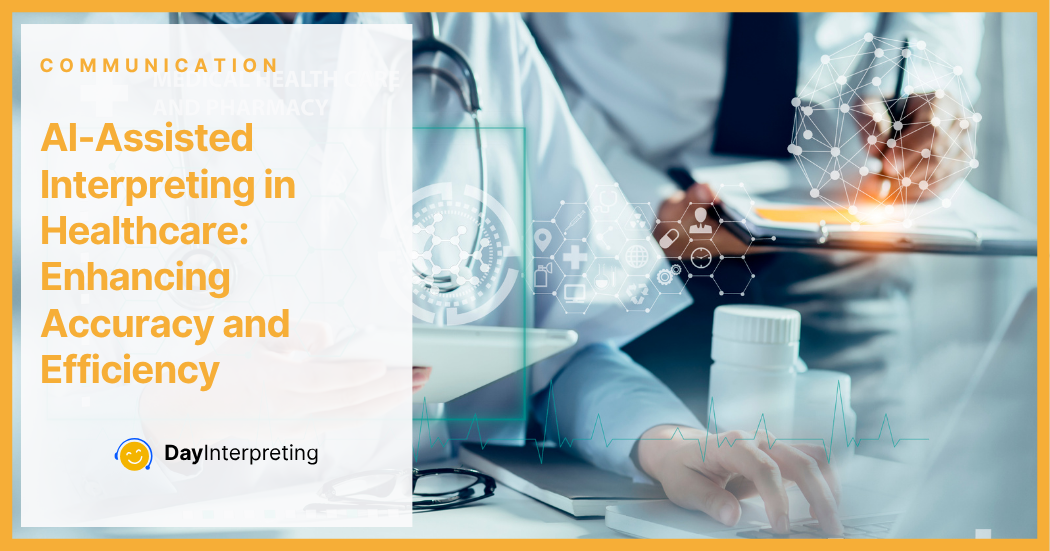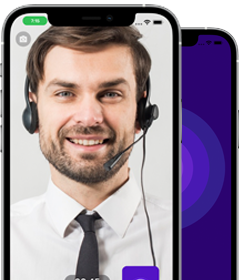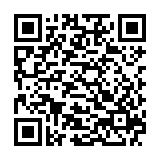Healthcare professionals are more reliant than ever on interpreters to bridge critical language gaps. However, in high-stakes environments such as hospitals and clinics, even skilled interpreters can encounter challenges. Fast-paced dialogue, complex medical terminology, and emotionally charged interactions can all lead to communication breakdowns. Now, a new ally has entered the room: artificial intelligence. In this post, we explore the potential benefits of AI-assisted interpreting in healthcare and weigh up the pros and cons.
The Future is Speaking, and AI is Listening
Recent advancements in AI-assisted interpreting, particularly the integration of Automatic Speech Recognition (ASR) and AI-generated summaries (like those produced by ChatGPT), are making waves in the healthcare sector. A pilot study published on arXiv.org in 2025 explored this very integration and revealed something surprising: interpreters who had access to full ASR transcripts and AI summaries delivered more accurate, confident, and efficient interpretations during remote consultations.
So, how exactly is AI changing the game—and what does it mean for the future of healthcare interpreting?
The Interpreter’s Dilemma: Too Much, Too Fast
Medical interpreting is a mentally demanding job. Interpreters must listen actively, retain information, and reformulate complex phrases into another language in real time. When stakes are high, such as during emergency care or sensitive diagnoses, mistakes can be costly.
Traditionally, interpreters rely solely on their memory, note-taking, and professional training. But this model, while admirable, has its limits. Lengthy consultations and fast-speaking clinicians can result in omissions or inaccuracies, even among highly experienced interpreters.
The solution? AI-powered tools that act as a second set of ears.
How AI Is Being Used in Healthcare Interpreting
The recent study tested a simple but effective toolset: live ASR (speech-to-text) transcription combined with AI-generated summaries of what had just been said. The goal was to provide interpreters with a reliable visual reference they could use in real-time or after the appointment to verify and clarify what was communicated.
The results were promising:
- Fewer errors: Interpreters made more accurate translations when they could refer to transcripts.
- Increased confidence: Knowing they had backup allowed interpreters to relax and focus more on tone and nuance.
- Better preparation: Summaries helped interpreters anticipate questions and follow-ups, streamlining communication.
It’s not hard to see why. Live transcription, powered by tools like Whisper or Google’s ASR engines, captures every word, no matter how fast or mumbled. AI summarization tools, such as ChatGPT, then turn these raw transcripts into clear, digestible notes that highlight key points, including symptoms, diagnoses, medication instructions, and follow-up steps.
In essence, interpreters now have a real-time “cheat sheet” that helps them keep up with conversations, confirm meaning, and reduce errors.
Better Communication, Better Outcomes
The implications for patient care are huge. Inaccurate interpretation can lead to misdiagnosis, inappropriate treatments, or patients not following medical instructions correctly. But with AI-supported tools, doctors and patients can have smoother conversations, ones that don’t require pausing every few sentences or repeating complex terminology.
In multilingual countries or regions with a shortage of professional interpreters, this kind of technology could also help improve accessibility. A hospital in a rural area may not have an in-person interpreter for every language, but with AI-assisted remote interpreting, they can offer more comprehensive language support.
AI doesn’t replace the interpreter—it supports them. By reducing the mental load, interpreters can focus more on the human aspects of the conversation, such as empathy, tone, and cultural nuances.
What About Confidentiality?
Of course, no discussion of AI in healthcare is complete without addressing privacy concerns. HIPAA (in the U.S.) and similar regulations worldwide demand strict confidentiality when it comes to patient data.
Developers are working to make these AI tools compliant by ensuring that data is encrypted, stored securely, and only processed with the patient’s consent. Some ASR platforms are already offering on-device processing, meaning the transcription never leaves the device and is automatically deleted after the session.
As AI adoption grows, privacy-by-design systems will become increasingly essential for gaining the trust of the public and institutions.
Training the Interpreters of Tomorrow
With this shift in technology, interpreter training programs are also evolving. Schools are beginning to teach students how to work with ASR interfaces, how to effectively interpret AI summaries, and how to maintain accuracy when cross-referencing multiple inputs.
It’s not about teaching interpreters to become IT experts—it’s about helping them integrate innovative tools into their workflow, much like how radiologists now use AI to double-check scans or how pilots rely on autopilot systems during long flights.
Challenges Still to Solve
Despite the benefits, there are still hurdles to overcome. Live ASR still struggles with:
- Accents and dialects
- Overlapping voices
- Background noise in emergency rooms
- Medical jargon and abbreviations
AI summaries, while helpful, can sometimes oversimplify or omit important details. This means interpreters must still exercise caution and not blindly trust the AI.
Additionally, although these tools are useful, they can’t replicate the interpreter’s ability to read a room, adjust for emotional context, or navigate culturally sensitive topics. AI is a tool, not a replacement for human judgment.
AI-Assisted Interpreting in Healthcare: A Support System, not a Substitute
As highlighted in the Conference Interpretation Asia trend report, the future of interpreting is hybrid. Interpreters will work alongside machines, not against them. Especially in healthcare, this partnership can make the difference between confusion and clarity, between fear and reassurance.
In the coming years, we can expect AI-assisted interpreting to become the standard in large hospital networks, telehealth platforms, and even private practices. And while the technology is still evolving, the early results are clear: when interpreters are equipped with better tools, everyone benefits, especially the patients who rely on them the most.





0 Comments